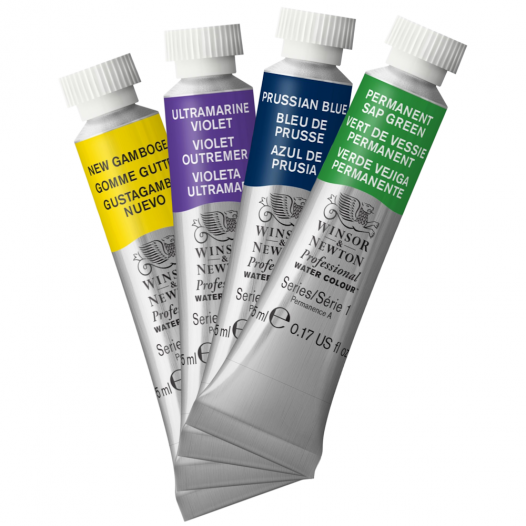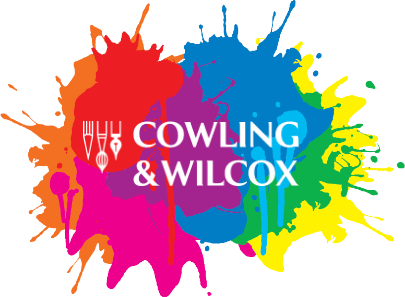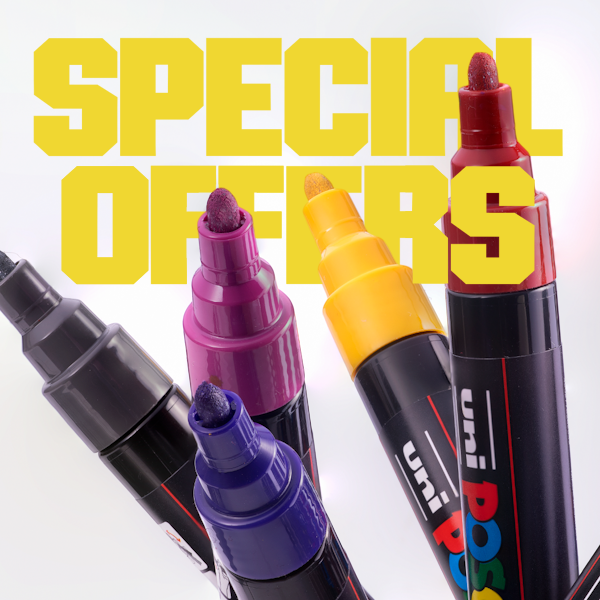- Sale!
- You save 35%






Was £8.45
- Size: 5ml
- Colours: 114
- sold individually
- Professional watercolour
- Over 100 brilliant colours
- Formulated using the finest pigments
- Unrivalled transparency & luminescence
- 104 colours rated AA or A for permanence
More Information
Known for their brilliance, permanence & strength, the Professional Watercolour range from Winsor & Newton offers quality, permanence & strength of colour for artists of all kinds.
Available in over 100 colours formulated with high concentrations of the finest pigments for a rating of AA or A for permanence, including 79 shades of single pigments for clean mixing & tones.
Produced using the highest quality methods for optimal pigment dispersion, they offer an unrivalled transparency that ensures every wash remains vibrant & luminescent for generations to come.
For more information on the composition, characteristics & permanence of this range, please click here or download the PDF below.






















